In gardening and lawn care, understanding the importance of essential nutrients is crucial for fostering healthy plant growth. Potassium, often called the “quality nutrient,” plays a vital role in various plant processes, including water regulation, enzyme activation, and overall resilience against diseases. This article aims to guide readers through the intricacies of potassium fertilizers, outlining the different types available, their specific benefits, and how to incorporate them into your gardening routine effectively. Whether you are an experienced gardener or a novice, this comprehensive overview will equip you with the knowledge needed to enhance the vitality of your outdoor spaces.
What is Potassium, and Why is it Important for Plant Growth?
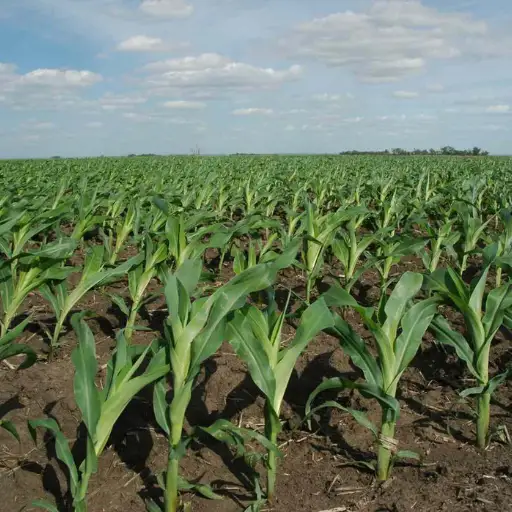
How Important is Potassium in Plants?
Regarding appreciating its gold standard, potassium is one of the macronutrients most important in plant health. This nutrient is crucial for various physiological functions, such as photosynthesis, protein production, and controlling the opening of stomata, which concerns water use efficiency. Potassium encourages the growth of roots and helps in the poise volatility management of crops by aiding the transport of water and soluble nutrients in plants. It also supports the development of the plant cell walls, thus improving the plant’s ability to resist diseases. Plant deficiency of potassium can lead to effects such as yellowing of leaves, stunted growth, and high levels of damage due to environmental factors. It is, therefore, imperative to ensure that potassium is in sufficient quantities for the proper development and yield of the plants.
The Role of Potassium in Photosynthesis
Potassium is necessary, particularly in photosynthesis, as it helps control many enzymes responsible for turning light energy into chemical energy. It assists in synthesizing adenosine triphosphate (ATP) – the cell’s energy ccell’sy needed to provide energy transfer during photosynthesis. Similarly, potassium helps in the normal functioning of the stomata, which is necessary for gas exchange. Potassium also indirectly improves photosynthesis, as it increases the amount of carbon dioxide intake and oxygen liberation. A deficiency of potassium leads to diminished chlorophyll production and lower rates of photosynthesis, which would affect plant growth and yield potential.
How Potassium Influences the Wellbeing of Plants
PoWellbeings are an essential nutrient for plants since they control fundamental physiological processes associated with growth and vigor. It is also necessary for protein and enzyme formation, which function as catalysts for the plant’s metabolic activity. In addition, potassium helps to increase the plant’s resistplant’s stress conditions like drought and disease by enhancing water management and nutrient transportation. This element also helps increase structural stability by promoting the formation of strong cell walls, hence resistance against infectious organisms. As well as correlating to nutrients, these properties of potential effects have been evident in potassium. Plants with sufficient quantities of potassium can function normally and achieve good growth and yield while facing adverse environmental factors.
What Types of Fertilizers are High in Potassium?
The Use of Muriate of Potash Fertilizer Products and their Effects on Agriculture
A Muriate of Potash (MOP) fertilizer mainly contains potassium chloride and is recognized for its potassium content, which ranges between 60 to 62% potassium oxide. This potassium-rich fertilizer prills and readily dissolves upon reaching moisture, thus becoming available to the plant. As a result, it aids in root formation, fruiting, and general productivity of the crops. MOP is handy in starchy and some fruits-bearing crops with high rates of potassium. The Muriate of Potash fertilizer application should consider soil potassium status and general crop potassium requirements. Besides, the utilization of MOP also improves the permeability of soils, enhances the activities of microbes in the soils, and increases a plant’s tolerance speed to diseases and unfavorable climatic conditions.
Advantages of Sulfate of Potash Usage
Sulfate of Potash (SOP) fertilizer is another excellent source of potassium since it contains about 50% phosphorus in the form of potassium oxide (K2O) and sulfur, which is advantageous in plant nutrition. Sop has the upper hand because, unlike other fertilizers containing potassium, it does not contain chlorine, which is toxic in large amounts and, therefore, more suitable for sensitive fruits and vegetables. Further, SIS attaches to the low or no chlorine levels seen on SOP but results in the best quality produce in terms of taste, color, and shelf space. The sulfur within SOP is required to create critical amino acids necessary for protein growth and vital for the whole plant. Not only this, but SOP also leads to better resistance to drought and disease, which is essential for the growth cycle. The plus of using unconventional fertilizers is that the biological and chemical properties of the crops can be boosted with the help of both potassium and sulfur.
Several options of plant growth-promoting organic fertilizers can be considered, such as those that contain high levels of potassium. Firstly, Kelp Meal , which is a common source of potassium , is ideal because it does not only supply potassium but also other minerals too that are essential for the growth of plants. It helps tccelerate root growth and thelpsplants survive drought damage, which are factors based onSecondly, Rock Potash is another organic source as it does not release its potassium too fast and, so this is good for the health of the soil in the long run. This option’s solubility is also too low and probably needs more time than a drop ioption’sield responses. The last substance is Composted Manure, which is also a good potassium source but depends on the kind of animals and feed used. It also enhances the soil’s structure and the microbes’ activity while adding other nutrients to the soil. All these mentioned organic options contain factors that help in the growth of the plant, assisting growers to choose the appropriate fertilizer depending on his/her plant variety and the ground type.
How to Identify Potassium Deficiency in Plants?
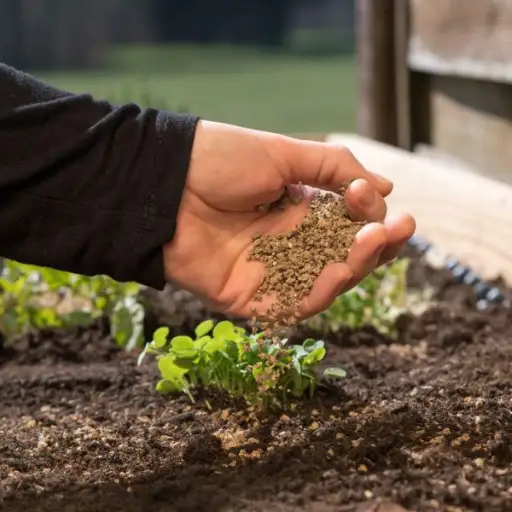
Half of Potassium Deficiency Clinical Presentation Diagnosis
Diagnosis of potassium deficiency in plants is essential for their average growth and development, even in plants. A typical sign in this case would be wilting of the leaf tip, known as “tip burn,” which could get severe to the further drying the leaf. In addition, older leaves may begin to d”oop and “ook burnt because of the lack of water regulation by potassium growth. Sometimes, wen plants may also be stunted and have thin stems. Besides, the flowering and fructification of the plants may also negatively impact by by non-flowers or flowers of average size, fruits of lower quality being formed, and the fruits dropping early. All these symptoms, once detected, can be rectified, allowing the plants to recover and produce good yields.
Soil Tests: How to Check Potassium Levels
If you want to know potassium levels in your soil accurately, you can use soil tests, which are generally classified into several phases. AFirst you need to gather samples of your soil that will represent your field adequately,.sSuchsamples are usually taken to a depth of around 6-12 inches and include samples from different locations of the field. Use a soil testing kit in the second set,p, or send your samples to a laboratory for analysis. These tests usually report the potassium levels in parts per million (ppm) units and whether the soil is deficient, satisfactory, or has too much potassium. Finally, you determine the need for corrections and make the appropriate amendments and additions to the soil using organic fertilizers or potassium specific to the crops in question. Potassium tests should be carried out periodically with an argument that they are likely to reduce the optimal growth conditions for the plants.
Remedies for Plants that are Potassium Deficient
If there is a shortage of potassium in plants, there are several efficient ways of correcting this problem. First, introducing them to potassium fertilizers such as potassium sulfate or potassium nitrate can restore soil nutrients. Moreover, organic sources such as green manure or compost with banana peel wastes will be useful as a slow-release operative option. Another means is optimizing the irrigation scheme, i.e., the amount of irrigating water, since potassium is absorbed in soil matter through water. Finally, foliar applications of potassium would provide a quick remedy to the plants whenever initial signs of potassium shortage are observed. Continuous assessment of soil potassium levels through regular tests can also help improve plant health.
What is the Best Application Method for High Potassium Fertilizers?
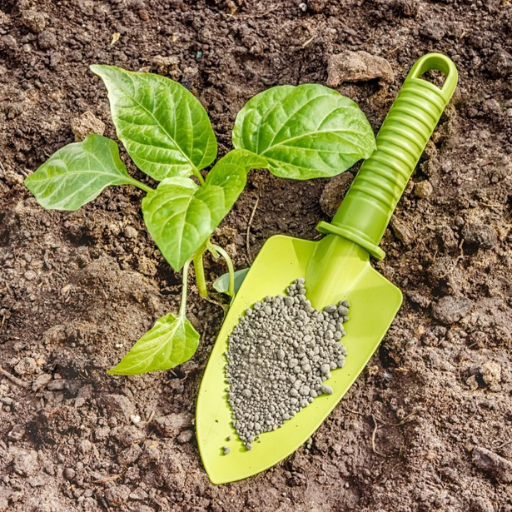
Utilization of Liquid Fertilizers for Instant Plant Absorption Targets
Encouraging high potassium application and using liquid fertilizers reduces the time of absorption by the plants because they are in ready-to-use form. These fertilizers can be used either by directly applying them on the soil or by sprinkling them on the leaves, ensuring that potassium is used when there is a high nutrientmaking surehe liqformulation makes penetration of the root zone more accessible and faster, an effective method for favorable growth periods. To achieve the best results so far, it is preferred that liquid potassium fertilizers should only be used in the early parts of the day or late in the afternoon as this usually lowers temperature and, therefore, decreases evaporation of the liquid. Also, the bore dispersion and the rapplication rateaccording to the manufacturer will prevent nut burn and psusapplicationurate according, aapplications can ,be adjustedbased on the plasustainnse and it is nec.essary, to avoid argan and environmental pollutmade
Granular versus Water Solub,le Fertilizer
These ertilizers can be released over a long period,, which gently nourish the plants without harming them. These fertilizers are usually cheaper and much easier to apply to the soil, but their effectiveness is likely to be affected by the soil’s moisture and temperature conditions. Water soluble fertilizers are on the other hand available when there is a specific nutritional need, hence it’s appropriate to remedy such deficiencies very quickly. These fertilizers can be included in the plants’ watering schedule or sprayed on the foliage, wafter that the action in the plants is vswift However, these are more labor intensiit’ss they call for regular retreatment of the plants and are even more prone to nutrient leaches if care is not observed. Between fixed-granular fertilizers and water-soluble fertilizers, the decision hinges upon the plant growth stage, soil status, and time of nutrition responsiveness.
Timing and frequency of application
The time of application and the number of applications of fertilizers are vcriticalfactors that contribute to optimal plant health. It is safe to say that fertilization should occur within the plant’s active growth period ,which changes with the type of the plant grown. For most plants, this period typically lasts between the early spring and late summer seasons. This also suggests that applying fertilizers too early may lleadto nutrient loss due to water runoff, while applications that come after the growing season may not be eas ffective as they should have been when growth is fully active. Ideally, granular fertilizers should be applied more sparingly – usually ,every 4 to 6 weeks while wwater-solubletypes are recommended to be used every 1 to 2 weeks to achieve rapid absorption of required nutrients. There is always the need to regulate the timing and frequency of application of fertilizers as this may significantly affect the efficiency of the process as much as the observations were attempted expression.
How Does Potassium Work in Plant Metabolism?
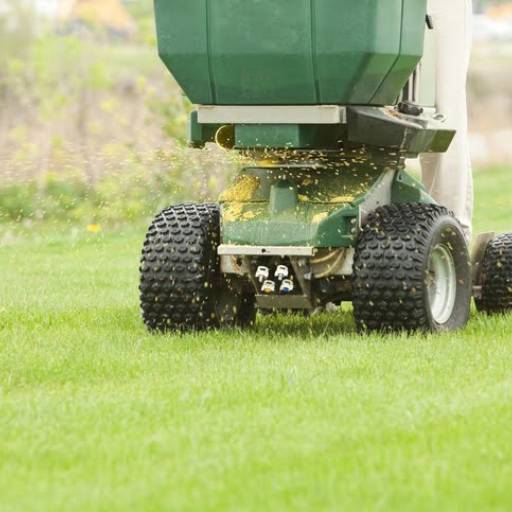
Enzyme Activation and Potassium: Function and Importance
According to my view, potassium is essential for plant metabolism and, more specifically, the activation of enzymes. It acts on several enzymes athat assist insprocesses suchas photosynthesis, respiration ,and others. Potassium also helps iontrol water absorption and turgor pressure so that enzymes are in an ideal condition for activities. Also, I found out that potassium is essential in activating enzymes wresponsible for synthesizingarbohydrates and proteins ,,thus crucial in helping the plant body grow strong and healthy. It does increase the activity of enzymatic processes but also helps maintain a good balance of metabolism in the plant.
Influence of Potassium on Nitrogen Uptake
Potassium has a notable effect in that it increases the amount of nitrogen uplants utilizein the nitrogen metabolism and nutrient uptake capacity. Through my research, I found out that potassium assists in controlling the physiological function of specific transport proteins involved in nitrogen assimilation from the soil. It also improves the ability of plants to optimize cation uptake, leading to better interaction with nutrients. In sa imilar context, potassium adds to the process of amino acid synthesis ,aiding the plant iinefficientnitrogen utilization, thereby increasing the overall protein content within plant tissues. This harmonious relationship between potassium and nitrogen utilization sustains plants’ healthy growth and productivity.
Role of Potassium in the Plant Resistance to Stress
According to my review of the subject literature, potassium is essential in improving plant stress responses under stressful situations such as drought or high salt concentration. This supports osmotic pressure, ensuring plants retain water and remain turgid. This is key to providing safety for the plant during times of drought. Potassium has been shown to support the formation of proteins and other secondary metabolites that are involved in resistance during stress in plants. Getting potassium higher results because it can also control when the stomata should be opened,, which helps in the efficient use of water during persistent droughts. Finally, potassium sufficiency enhances the flexibility of plants towards multiple abiotic stresses and, promote,s growth under such conditions.
Reference sources
- Grow Organic – High Potassium Fertilizer: This source discusses the importance of high-potassium fertilizers in promoting plant health and enhancing crop yield.
- University of Minnesota Extension – Potassium for Crop Production: This article provides insights into potassium-magnesium sulfate as a source of potassium, especially when magnesium is also needed.
- Jonathan Green – The Importance of Potassium in Fertilizer: This resource highlights natural sources of potassium and its role in fertilizers.
These sources should help validate the feasibility of using high-potassium fertilizers for your readers.
Frequently Asked Questions (FAQs)
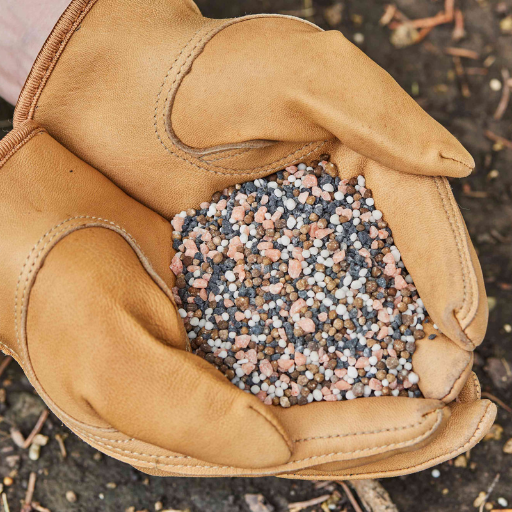
Q: What is a high-potassium fertilizer suitable for lawn care?
A: The best potassium fertilizer for lawn care is kanaka pala (> 50% of muriate of potash 0-0-60 fertilizer), a high-quality potassium sulphate fertilizer. This fertilizer provides a concentrated source of potassium, which is important for plant growth and well-being.
Q: What rowellbeingtassium play to plants found on balconies and outdoors?
A: Potassium plays a regulatory part in many processes within plants, including the uptake and transport of water and nutrients and photosynthesis. It is essential for the growth and development of both indoor and outdoor plants.
Q: Will my lawn be able to use potassium specifically from organic fertilizers?
A: Yes, organic fertilizers such as organic plant magic and organic seaweed extracts will help raise potassium levels in your lawn properly while still providing the right nutrients.
Q: What does an NPK ratio mean for the grass food, and what is its importance?
A: NPK ratio is used cumulatively to define the amount of nitrogen p and potassium. An NPK ratio helps prevent brown patches on your lawns by guiding you on the proper nutrient levels.
Q: Can langbeinite be effectively used by plants to derive potassium?
A: Yes, langbeinite occurs naturally. It is a mineral rich in potassium and magnesium, making it a favorable option for potash fertilizer for plants, especially in gardens with a balanced diet and skincare approach.
Q: How do I know if my plants are deficient in potassium?
A: Some signs that your plants may suffer from deficient potassium include leaf straighteners with yellowed edges, loss in fruit size and formation, and weak stems. Testing the soil can also assist in estimating the amount of potassium present.






